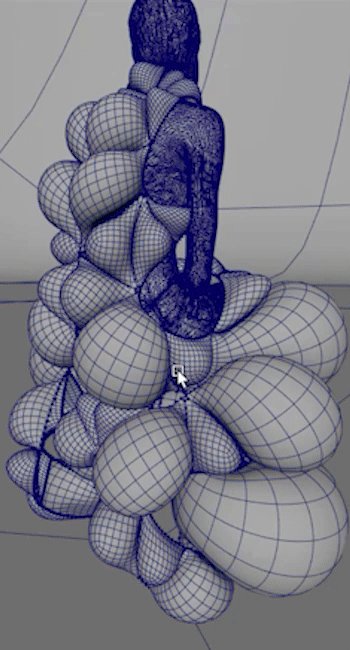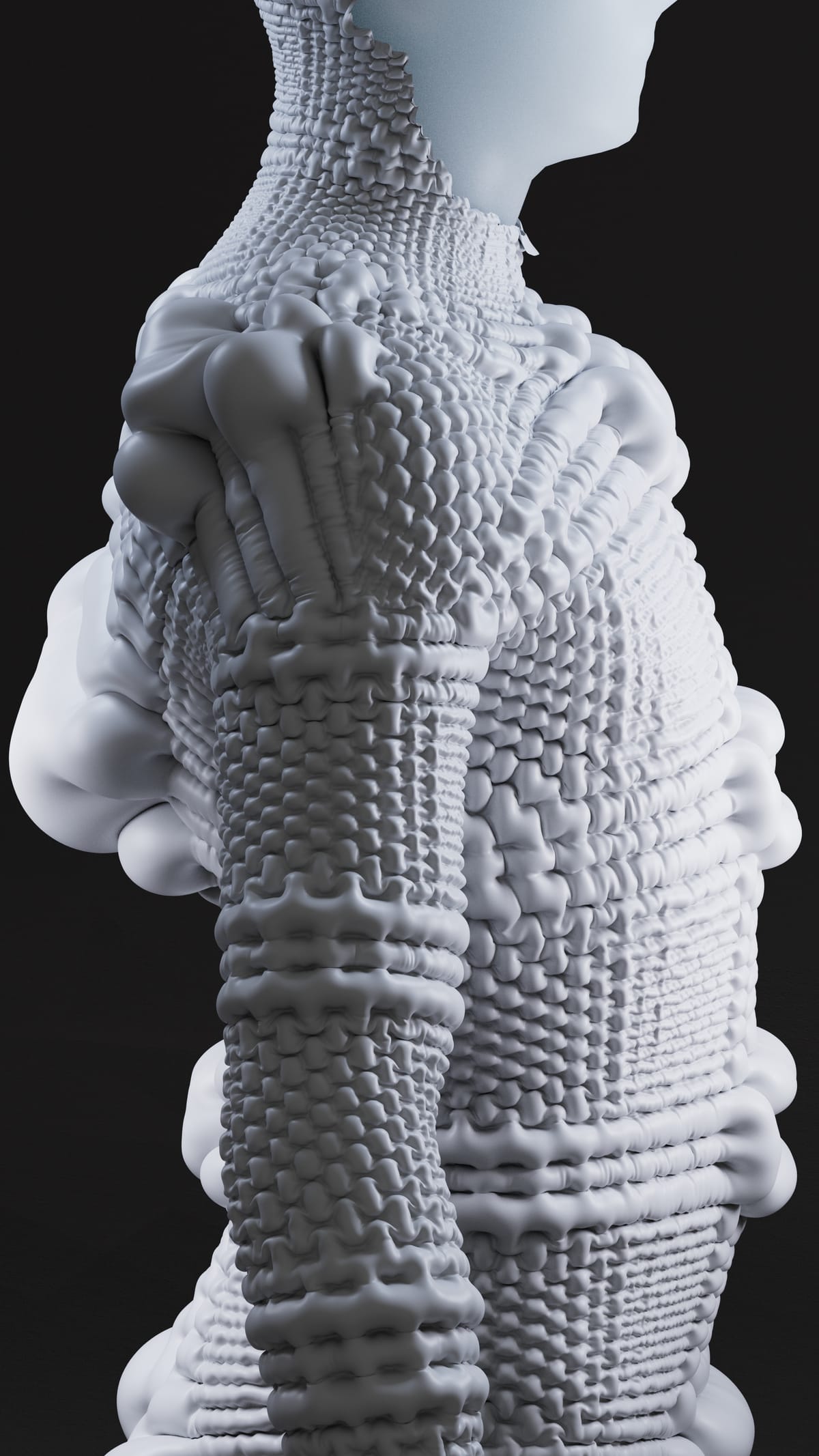
Wearable Architectures: Computational Prosthesis Series
This body of work explores wearables not as fashion but as architectural experiments at the scale of the body. Developed during my tutoring for DesignMorphine’s Prosthesis chapter, the series uses computational design tools to test how form, structure, and ornament might be reimagined when the body becomes the site of architecture. Many of the pieces take the form of inflatable garments—ephemeral architectures that expand, contract, and transform in response to air and movement. Through these experiments, wearables act less as clothing and more as prosthetic architectures, speculative extensions that question what it means to inhabit space through the skin. Each artifact is both exercise and provocation, treating computation as a way of giving form to new modes of embodiment.
pneu·ma (from Greek πνεῦμα) — breath, air, spirit.
In architecture and design, often associated with pneumatic systems, inflation, and the vital force of air as a structuring medium.
morph (from Greek μορφή) — form, shape, transformation.
A suffix denoting change, mutation, or the capacity of matter to assume new configurations.
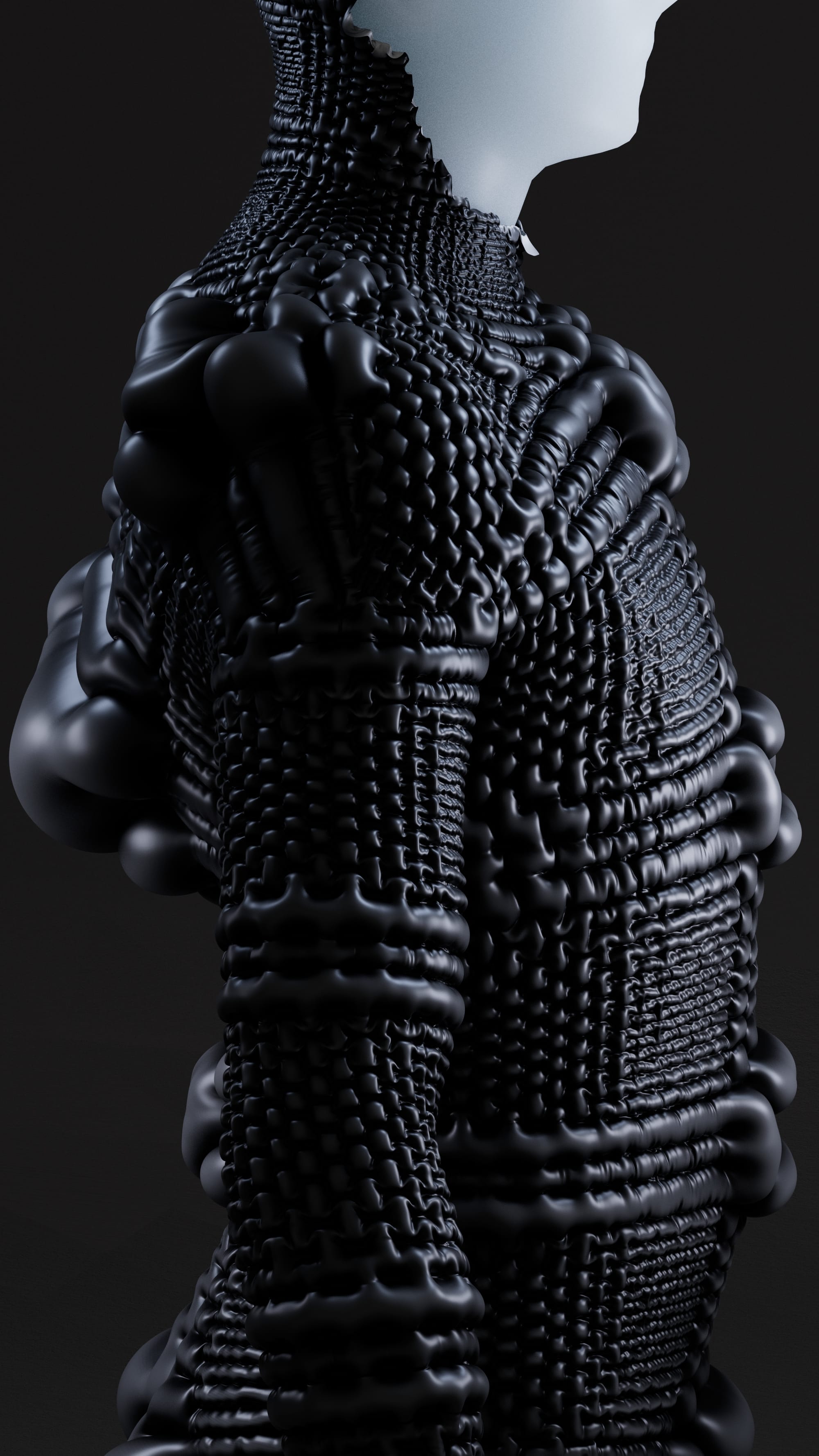
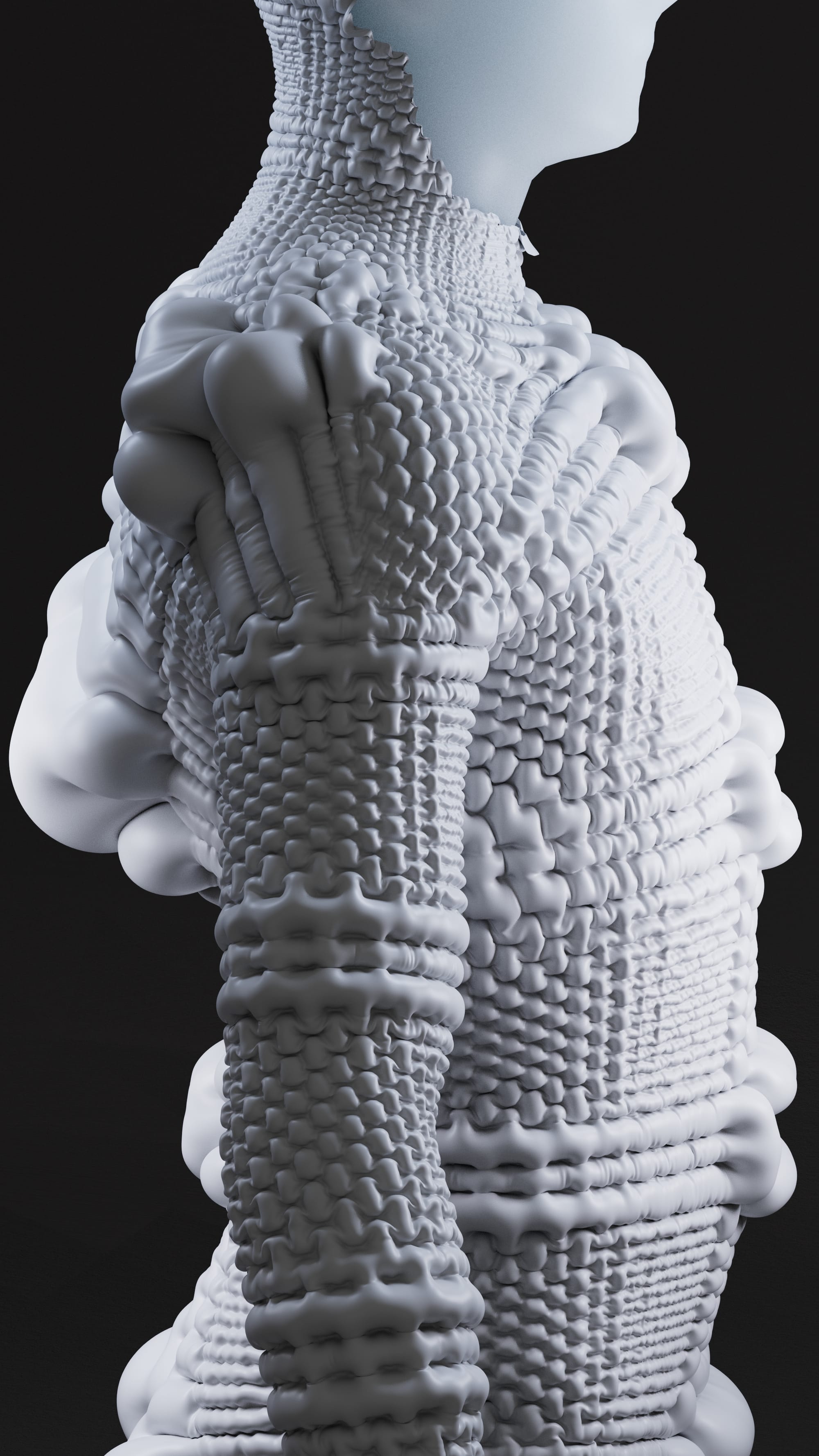
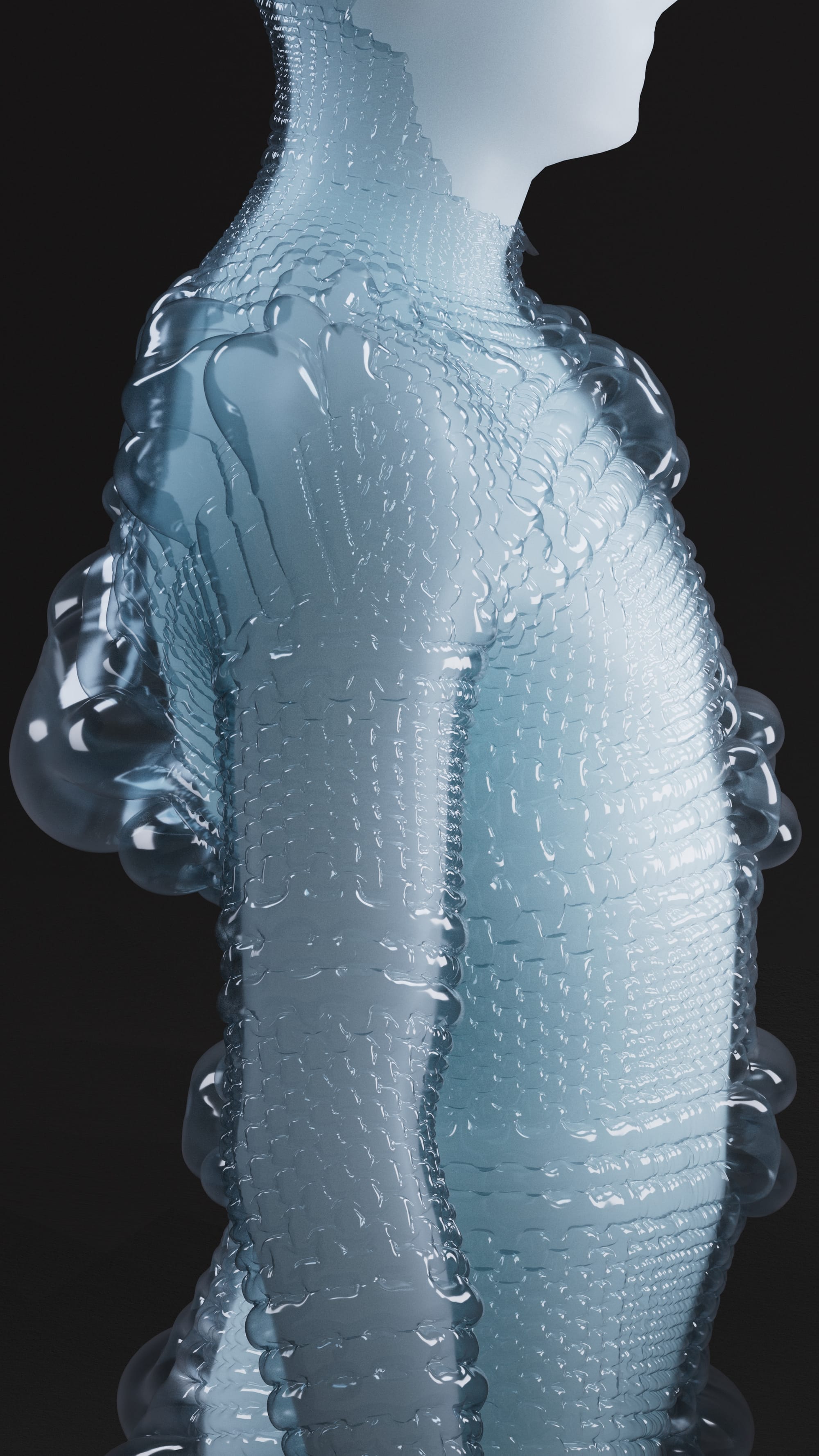
Micro textures for Pneumorph, concept sketches, 2024.
Hold down CTRL while hovering over the object
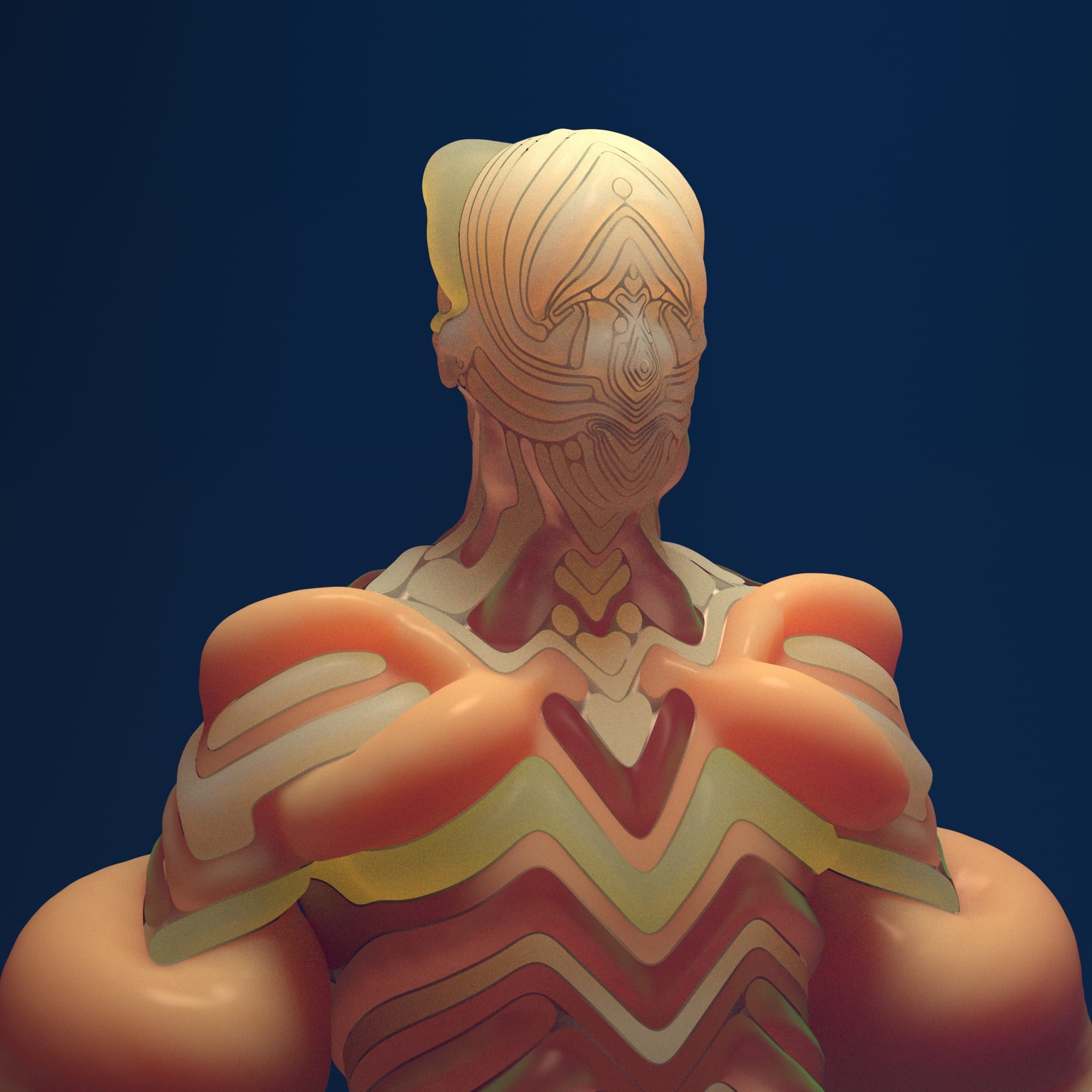
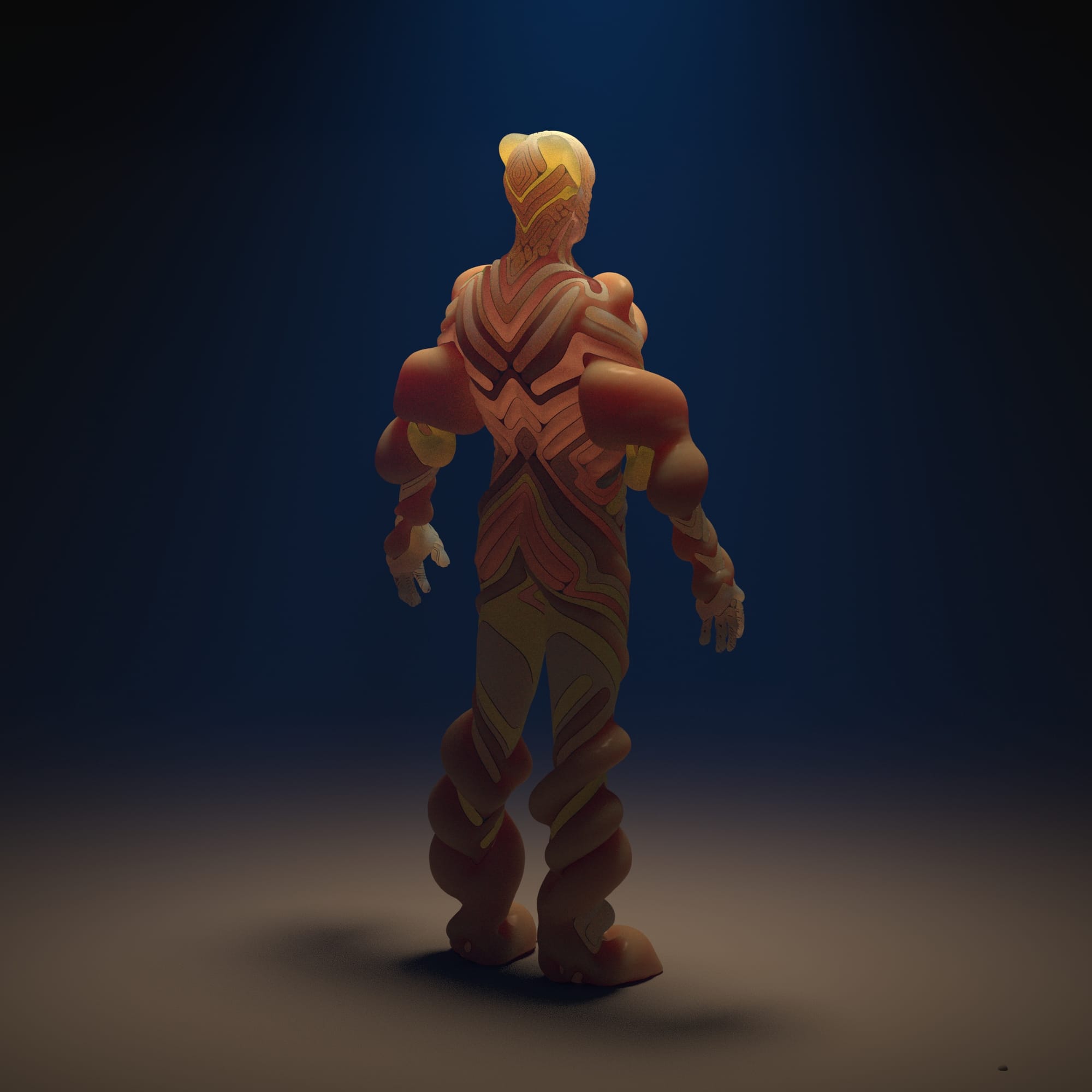
Full Body Suit, concept sketches, 2022.
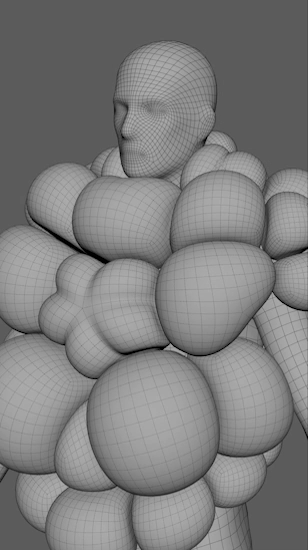

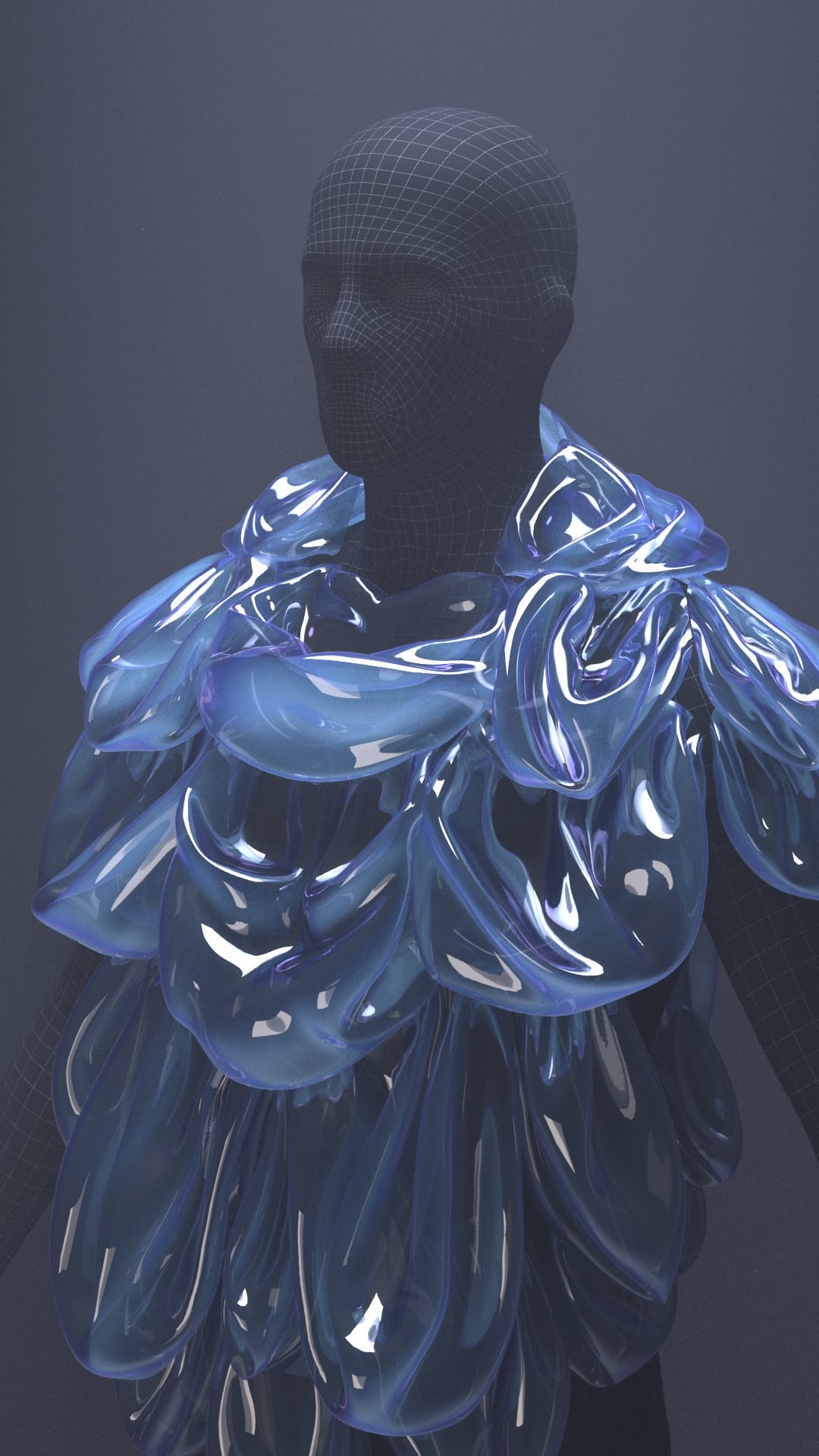
Inflat/Deflate, concept sketches, 2021.
